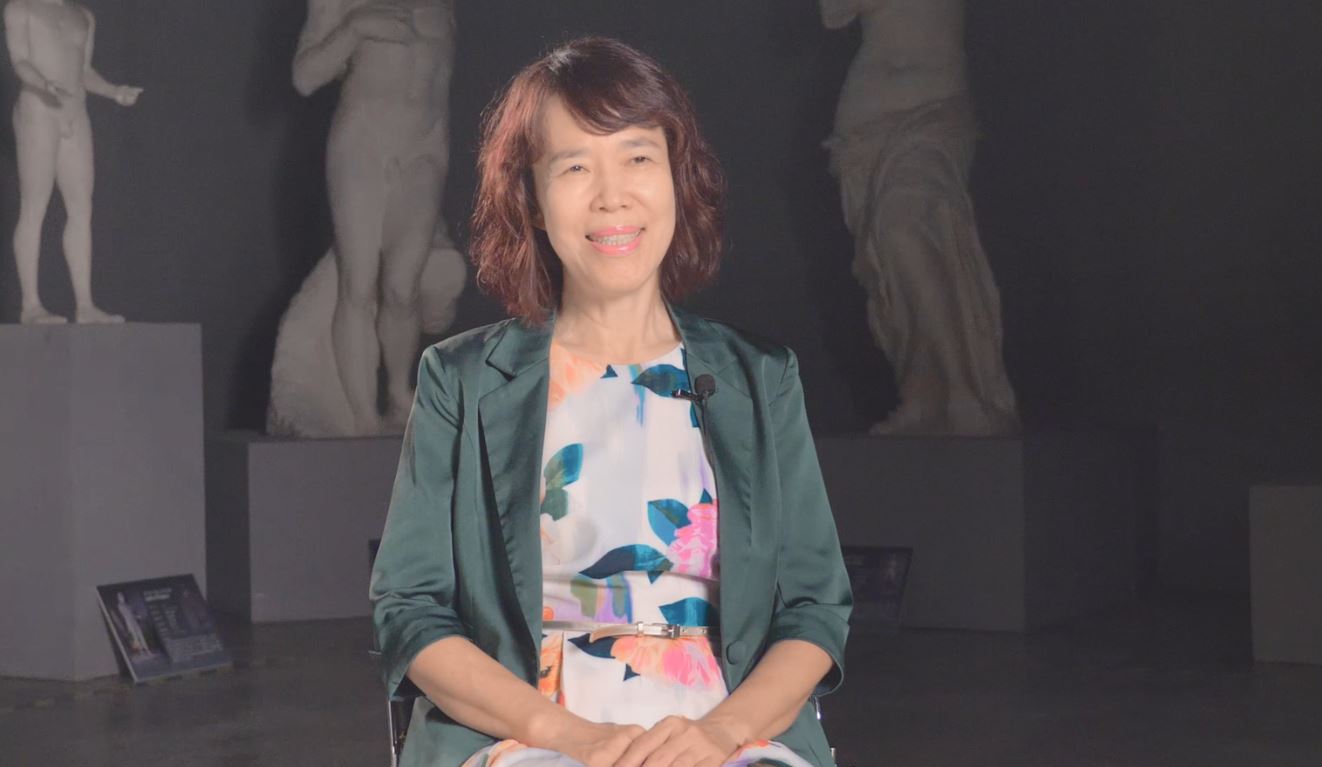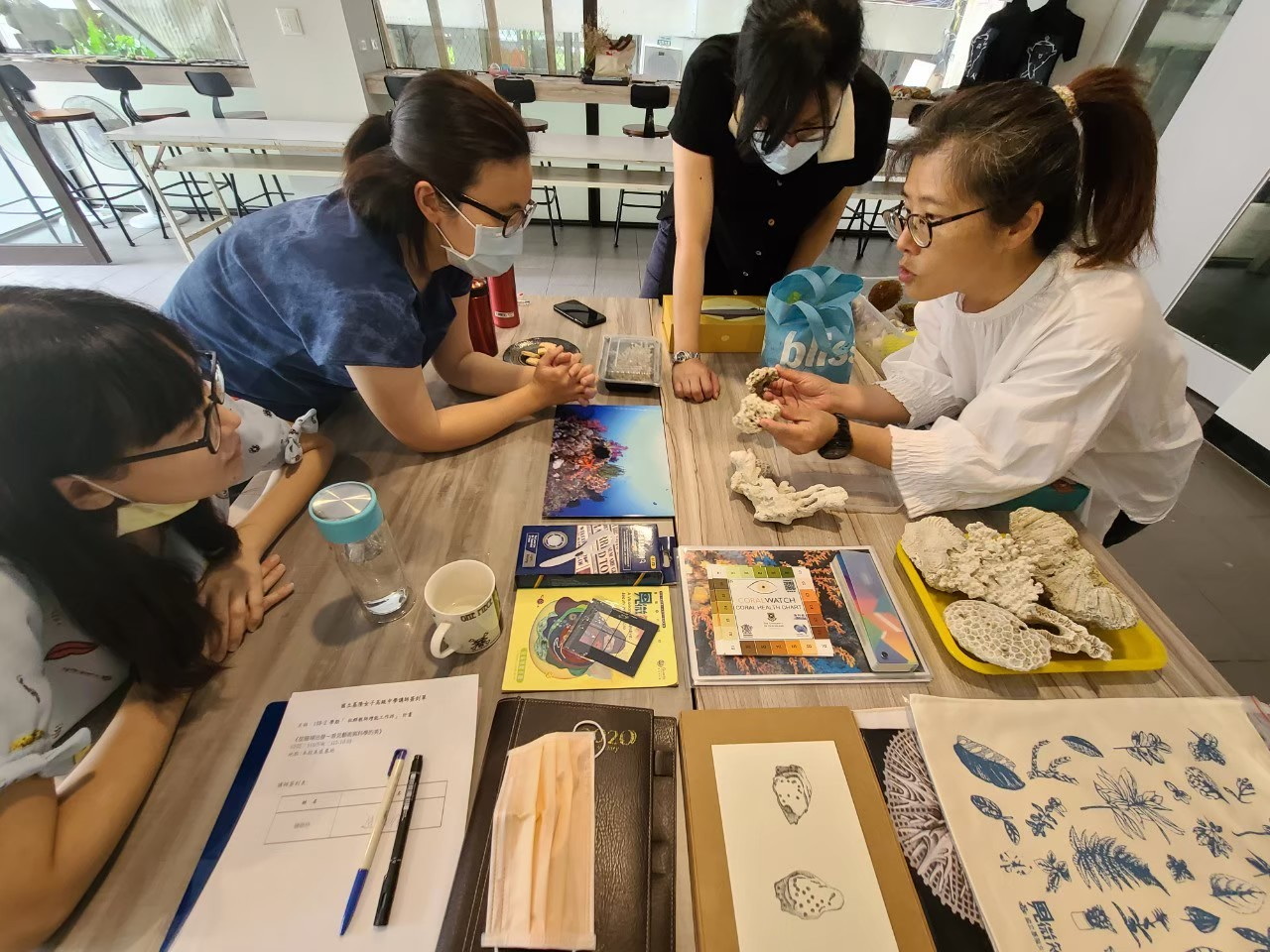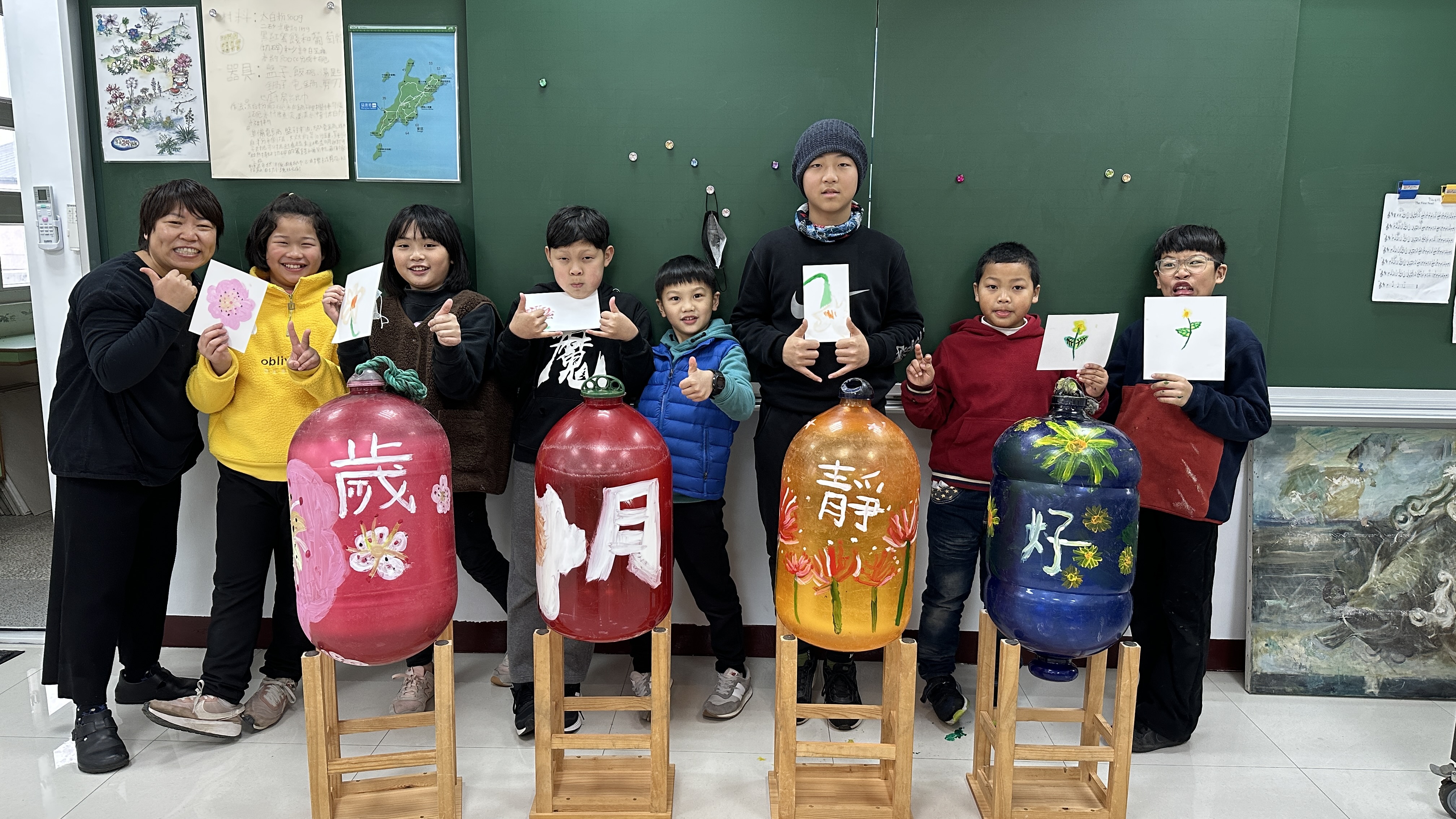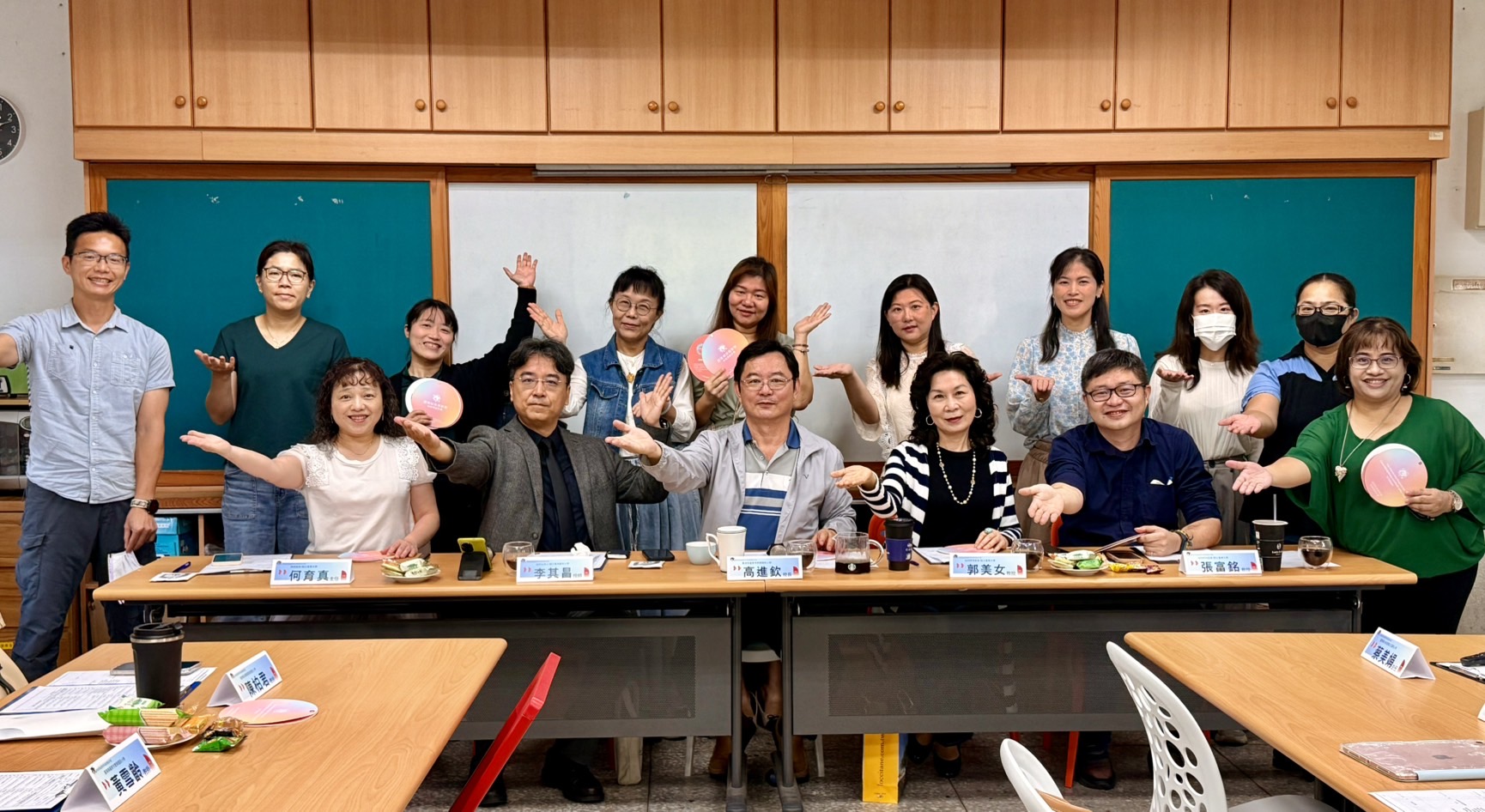My class schedule is different from what you think. Cross-field aesthetic education opens up barriers between disciplines.
Have you ever imagined that coral could be used as a teaching material in a math class? Or your high school teacher taught you how to write copy? These classroom imaginations, which are different from ordinary lectures, are happening now. National Taiwan Normal University undertakes the Ministry of Education's cross-field aesthetic education excellence pilot project. Through aesthetic education, learning is extended outside the classroom, so that knowledge does not only exist in textbooks.

In the 108 curriculum released by the Ministry of Education, core competencies are used as the main axis of the curriculum, replacing the past ability indicators. With the rapid development of science and technology, the knowledge in textbooks cannot be solved by a single subject. Therefore, cross-fields have become prominent. If coupled with the cultivation and edification of aesthetics, students will have more comprehensive thinking and understanding abilities.
The so-called cross-disciplinary aesthetic education is based on art. Art education teachers from various schools connect teachers from various disciplines to teach in a way that is different from traditional lectures and through the practical operation characteristics of music, visual, and performing arts. , integrated into subject teaching, so that students can inspire their interest in the subject through hands-on practice in the classroom and a life-oriented learning method.
Project host, Professor Zhao Huiling from the Department of Fine Arts, National Taiwan Normal University, has implemented cross-field aesthetic education excellence pilot projects for many years. She believes that aesthetic education is different from textbooks and exams. It does not use quantitative scores to measure learning outcomes, but focuses on using the senses. Levels of stimulation and incorporating current issues not only make the course interesting, but also allow teachers to create their own teaching materials.
"We often say that there is beauty everywhere in life, and aesthetic education is also suitable for students of all ages and conditions." Professor Zhao Huiling believes that color, music, and body movements are more intimate ways of expression, and there is no absolute counterpart. Wrong. Therefore, it has an irreplaceable contribution to other disciplines in groundbreaking and diversified critical thinking training. It is also more suitable for special education students or the elderly.
Compared with subject examinations under the academic system, when faced with subjects that are not good at, the solution is usually cram school or studying hard. However, aesthetic education that emphasizes sensory reception gives students a learning method different from sitting at a desk. By incorporating music, color and other artistic elements, even if the results may not increase immediately, it has created new learning stimulation for students.
For example, Yangming Junior High School in Kaohsiung City found teaching materials from gradient drinks. Faced with the many chemical reactions in the physics and chemistry textbooks, some people might throw up their hands and surrender, but they chose to lead students to learn about the acid-base density in liquids. , start by mixing drinks with different colors, understand the relationship between acid and alkali, temperature and concentration, and take an art class called "rationality and sensibility at the table".

Keelung High School took advantage of the nearby ocean geography to use corals to explain the rather abstract fractal theory in mathematical concepts. At the same time, it integrated the concept of ecological conservation into it, and finally used practical methods to draw coral-related works. The curriculum incorporates three subjects: mathematics, biology, and art, and uses localized teaching content to lead students to understand the land beneath their feet, without forgetting intellectual learning.

In particular, most schools are facing the pressure of declining birthrate. Promoting literacy education can not only create unique teaching content, but also be more conducive to enrollment promotion under policy leadership. Professor Zhao Huiling said that in the cross-field aesthetic education plan, each county and city has benchmark cases and seed schools that can be consulted, and experts will be hired to give advice and guidance depending on different course types and teaching situations.
Professor Zhao Huiling then added that in the cross-disciplinary aesthetic education plan, in addition to assisting schools in establishing teacher communities, the Arts and Skills Department will cooperate with teachers from other subjects, and at the same time provide funding resources to increase the number of teachers through a modular curriculum structure. Provide comprehensive support such as regular studies, workshops, and expert consultation to accelerate the connection with the education scene.
However, in the face of the sudden disruption caused by the epidemic, the impact has expanded to include teaching effectiveness, teaching venues, and teachers themselves. Therefore, adhering to the core concept of cross-domain, this year's "2022 Taiwan Cross-Domain Aesthetic Education International Forum" is organized by the project With the theme of "Sustainable Development of Aesthetic Education in the Era of the Epidemic", it integrates new elements such as digital technology, online communities, and the metaverse into literacy education, and shares practical cases to guide teachers on how to respond to the external environment. sudden changes.
The cross-field aesthetic education excellence pilot project has started with 10 national high schools in the initial stage. By the fourth phase, 385 schools have joined, including rural and overseas Chinese schools. Since its launch in 2014, it has adhered to the principle of joining forces with various disciplines in the art field. Curriculum development is not only effective in strengthening students' learning motivation, but teachers also gain experience and a sense of accomplishment.
Perhaps art classes and music classes only account for a very small part of most people's schooling, but through the three elements of visual art, music, and performing arts, a chemical reaction occurs in the learning of knowledge. There are no longer only common subjects in your and my class schedule. But there are more diverse and rich learning styles. (Writer: Yang Yongsheng/Editor: Lin Jing/Reviewer: Hu Shize)
[2022 Taiwan Cross-Domain Aesthetic Education Forum]
Time: November 11th and November 12th from 9 am to 5 pm
Location: National Chengchi University Public Enterprise Center (No. 187, Jinhua Street, Daan District, Taipei City)
website:https://symposium.2022inarts.world/



